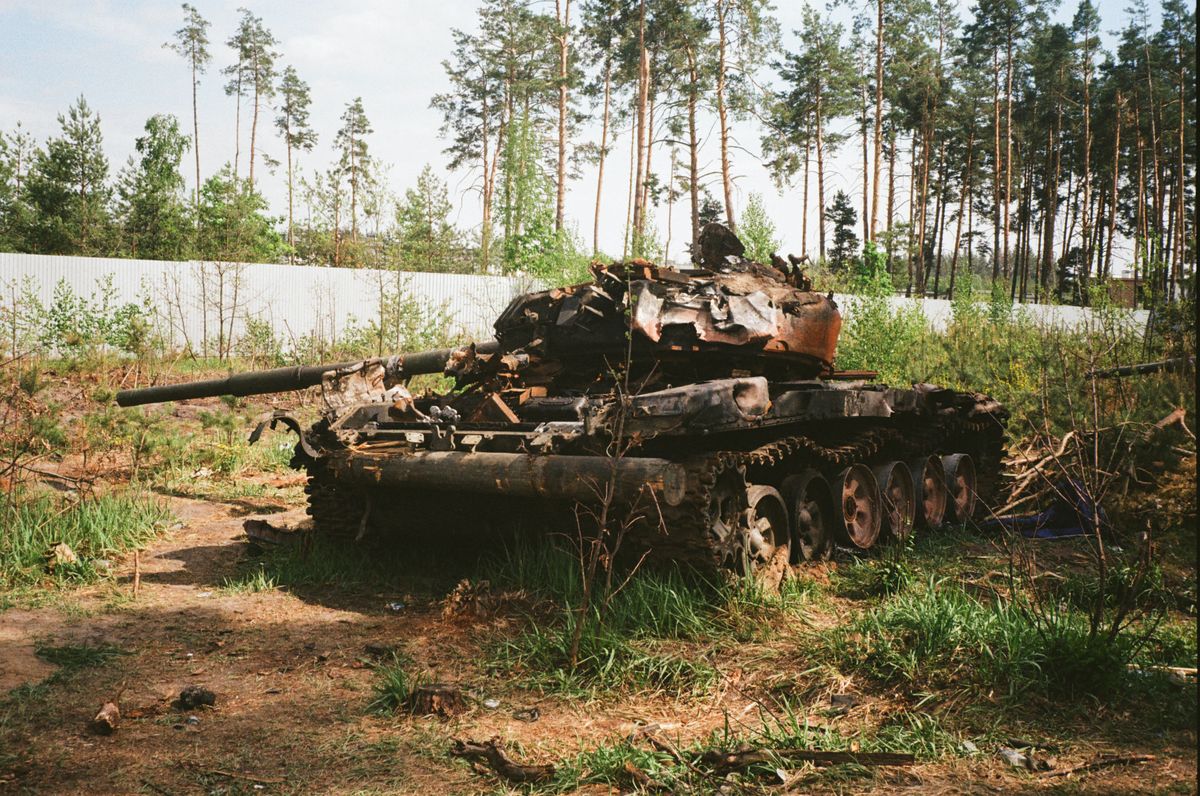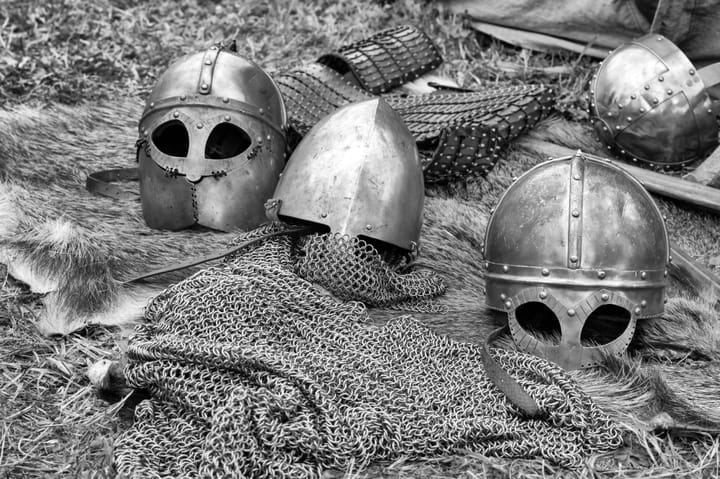War in Ukraine – Medea Benjamin & Nicolas Davies, OR Books (2022)

Benjamin and Davies’ concise book offers an analysis of the war’s historical backdrop. In turn, it questions the prevailing Western narrative that Russia’s invasion of Ukraine is little more than a conflict between liberal democracy and Vladimir Putin.
The authors start by outlining the “frozen and unresolved” nature of tensions in East Ukraine, dating back to before the collapse of the Soviet Union. Russian speaking Ukrainians in the east of the country have long been classified along ethno-linguistic lines.
Reinforcing these tensions, Putin is a nostalgic revisionist who views Ukraine as an integral part of historical Russia. There were hopes that Victor Yanukovych, elected as Ukraine’s president in 2010, would bridge the countries’ demographic fault lines and moderate Putin’s posture.
Yanukovych was seen as wanting to nurture closer ties with Russia while also petitioning for EU membership. Unfortunately, his tenure was marred by corruption scandals, reinforcing the view amongst many Ukrainians that political power was wielded by a crooked business elite.
After four years in office, weary demonstrators (many of whom were pro-EU) took to the streets. The Euromaidan revolt, which received U.S. support, began in Kiev in November 2013 and then spiralled into a groundswell of popular unrest.
Motivated by disparate demands, protestors were quickly stratified into competing groups. Far-right parties (such as Svoboda and Pravyi Sektor) began using violence to agitate for subversive reform. After months of conflict, Yanukovych fled to Russia in February 2014.
An interim government was hastily assembled. However, it failed to mollify protestors’ demands. Meanwhile, many Russian-speaking Ukrainians disapproved of the coup’s overtly anti-Moscow bent.
In the spring of 2015, anti-Maidan protestors in the eastern regions of Donetsk (DPR) and Luhansk (LPR) jockeyed for independent status. Controversial referendums were held in May, with overwhelming numbers voting to leave Ukraine.
Kiev dismissed the ballots as illegitimate and proceeded to hold general elections the following month. Petro Poroshenko, who won the vote, quickly gained international approval by signing the Minsk II accords in September, which de-escalated tensions in east Ukraine.
While the cease-fire led to several years of fragile peace, tensions failed to thaw. Frustrated by years of pro-Russian agitation, Poroshenko introduced a law in 2017 labelling the DPR and LPR as “under Russian occupation”.
Not without merit, he portrayed the civil conflict in Ukraine as an unfolding drama between Kiev and Moscow. Strains persisted as Ukraine’s economy floundered. At the next election in 2019, Poroshenko lost to former TV-comedian Volodymyr Zelenskyy.
Benjamin and Davies’ go onto describe the events leading up to Russia’s invasion. They insist that, under international law, it was an illegal act of aggression. Clearly, it was not an act of self-defence. But that is not equivalent to being unprovoked.
Where does NATO fit into all this?
In 1949, the U.S., Canada and ten Western European countries formed NATO in an effort to contain Soviet-backed communism. But after the fall of the Berlin Wall, it became lost in an “echo chamber of triumphalism and self-congratulation,” according to Benjamin and Davies.
At the end of the Cold War, NATO sought out new jurisdictions to justify its continued existence. In the late 1990s, it expanded into eastern Europe, culminating in the inclusion of Poland, the Czech Republic and Hungary (all former Eastern Bloc countries).
At the time, George Kennan (a Cold War diplomat and father of the ‘containment’ doctrine, which guided U.S. foreign policy in trying to neutralise Soviet power) told the New York Times “this is a tragic mistake. No one was threatening anyone else.”
The stakes were raised again in 2004 when the Baltic states all joined NATO, accelerating its military encirclement around Russia. In 2008, George Bush tried to offer Kiev a roadmap for full membership, but that was rejected by other NATO members.
Then during the 2014 Euromaidan revolt, the Obama administration’s meddling in Ukraine’s internal affairs – supporting demonstrators to overthrow Ukraine’s democratically elected and Russian-friendly president – piqued Putin further.
At the centre of this incisive book lies the question of provocation; do western countries, and NATO in particular, bear some responsibility in stoking conflict by doggedly attempting to pry ex-Soviet countries from Russia's fragile orbit?
The book’s authors offer no simple answer. Instead, they suggest that diplomatic solutions will be hard to find between nationalistic paranoia on the one hand and opportunistic moralism on the other. In the meantime, Ukrainian civilians will continue to lose their lives.


